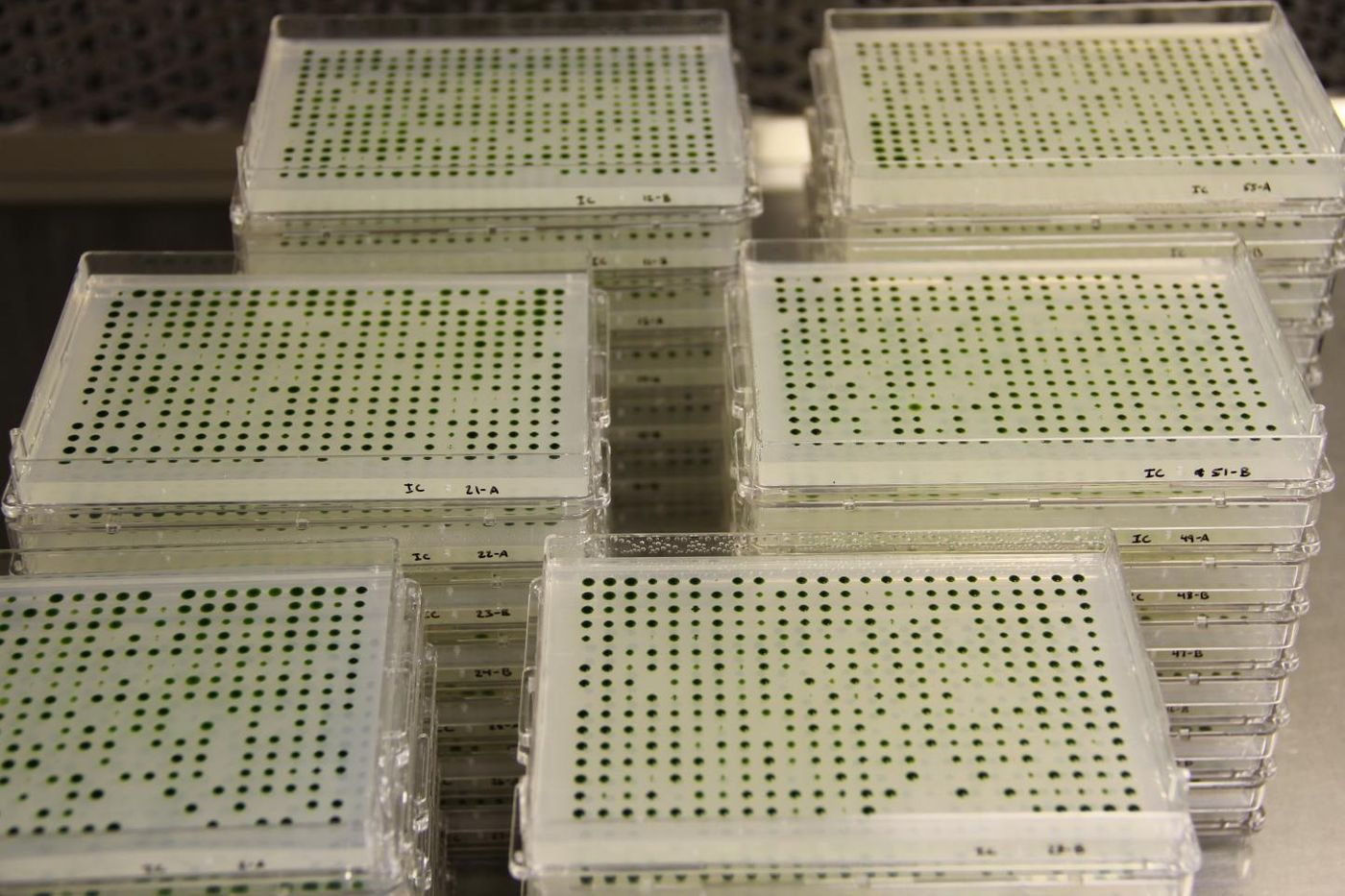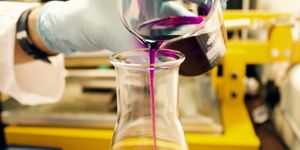How a Library of Algae can Teach us About Photosynthesis
Just like in animals, plant DNA encodes for the proteins a plant will need, and it requires thousands of genes to generate the machinery that carries out photosynthesis. To learn more about the genes involved in photosynthesis and exactly what they do, scientists at Princeton University have created an open-access library of mutant strains of a photosynthetic, single-celled alga. With this tool, the researchers identified 303 genes linked to photosynthesis, 21 of which are novel. The findings, which can provide new insight into this critical process, have been reported in Nature Genetics.
"The part of the plant responsible for photosynthesis is like a complex machine made up of many parts, and we want to understand what each part does," said Martin Jonikas, assistant professor of molecular biology at Princeton. "This library, we hope, will be one of the foundations that people will build on to make the next generation of discoveries."
The library contains strains of Chlamydomonas reinhardtii, a pond algae, which each carry one genetic mutation. There are 62,000 strains in the library, with mutations in about 80 percent of Chlamydomonas genes. Deciphering the role of each gene could help scientists engineer plants that can absorb more carbon dioxide or that grow faster, which may be desperately needed on a planet with a growing population and changing climate. The library can also help reveal more about intracellular communication in plants, and the movement of Chlamydomonas, which is powered by a cilium.
This is the first library to be generated for a photosynthetic, single-celled organism, which is a great research tool. These rapidly growing organisms, which now exist in a mutant library, can be easily observed. If a mutated strain is grown and it has difficulty moving or performing some other process, that provides an important clue about the function of the mutated gene.
The strains in the library have also been labeled with a kind of barcode, so multiple strains can be tested at the same time. In this work, thousands of mutant strains were grown in one flask and exposed to light. It was hypothesized that strains that didn’t grow carried mutations in genes that were involved in photosynthesis.
"Because this algal species is often used as a model to understand a wider range of biological processes, this library will be an important resource," said Karen Cone, a program director at the National Science Foundation.
"It is our hope that the Chlamydomonas mutant library and the genes identified will lead to numerous fundamental discoveries in photosynthesis, cell motility, and many other processes,” said the first author of the work Xiaobo Li, who was a Princeton postdoctoral researcher at the time of the study.
"I believe the success of this project will greatly accelerate research into photosynthesis and other processes for which Chlamy is a good model, and provide a lot of value to the scientific community,” said Weronika Patena, a senior bioinformatics analyst in the Jonikas laboratory.
Sources: AAAS/Eurekalert! Via Princeton University, Nature Genetics









